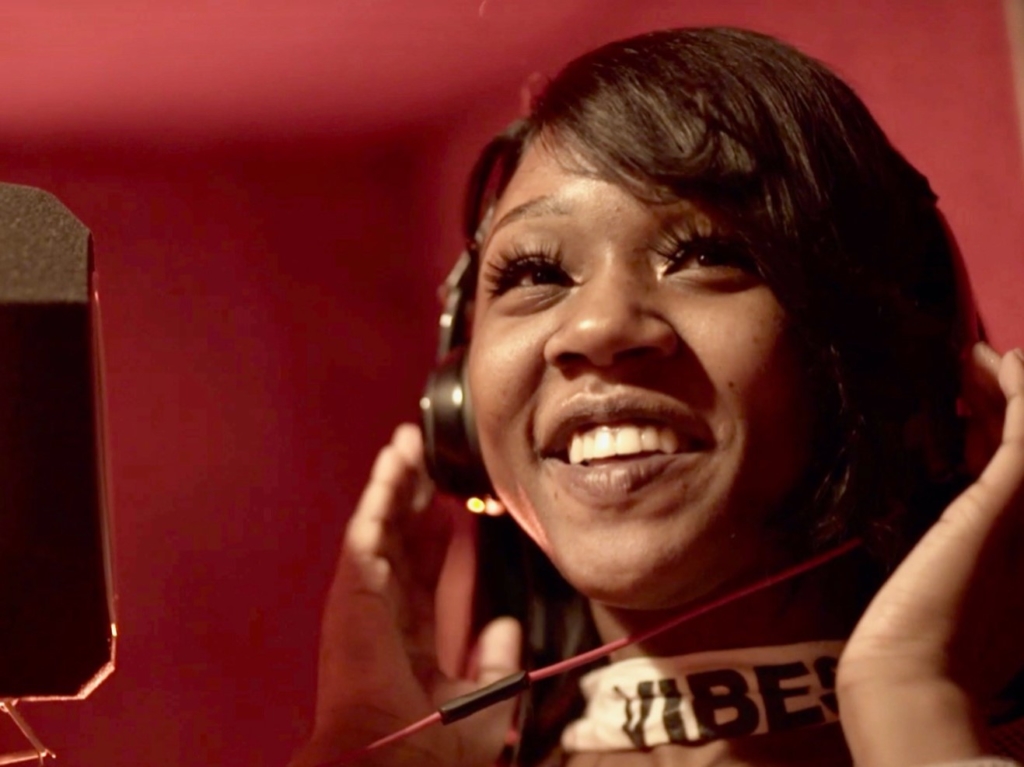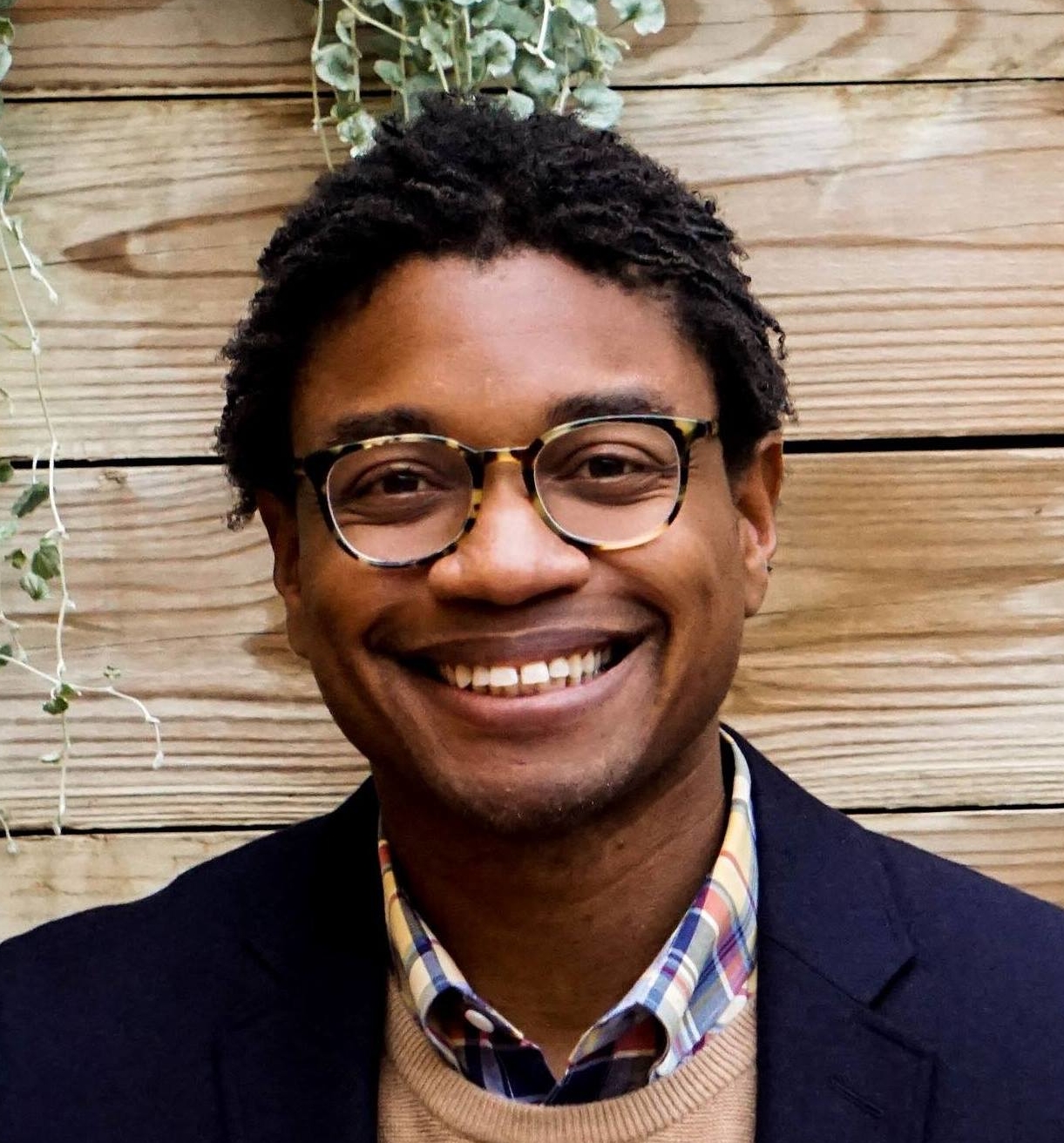We need to offer safe spaces of healing, honor all young people’s humanity, uproot the belief that failure is predestined, and give young people access to community-based resources and assets that support their mental and emotional well-being.
Andrew Williams, Writer and Communications Manager, Education Reimagined
Young people’s paths are shaped by the environment where they come of age. And, for young people of color who grow up in neglected, crime-ridden communities, the insidiousness of hopelessness and lack of opportunity can hold dominion over their agency. Such a fate is examined and challenged in the recently released documentary, Growing Up Milwaukee.
The film offers a glimpse into a city where Black men are incarcerated at a higher rate than in any other urban area in the United States, and where Black communities have been historically forgotten and devastated by every imaginable plight. High rates of poverty and unemployment are compounding factors that intensify the pervasive sentiment of powerlessness that co-exists alongside pockets of beautiful (and very real) possibility.
Films like Growing Up Milwaukee focus on the culturally-relevant, liberatory, and healing work being done by community leaders, in and outside of education spaces across the country, to advance meaningful change in their neighborhoods. This work writes a new story about Black youth in impoverished communities that honors their boundless possibility, unrestrained greatness, and incredible dreams. What if this story were the basis from which we reimagined education?
Watching this powerful film had me reflecting on what it would look like to design a more intertwined ecosystem of schools, community groups, and community leaders committed to supporting young people, regardless of background or circumstance.
The Humanity of Black Youth
At the outset, the film argues that society loves talking about “statistics” because it’s less messy than opening our eyes to the three-dimensional people those statistics are attached to. When we choose to center humanity in our conversations, we are faced with a new level of accountability to support each person in their success. That is a much more complex and nuanced conversation.
In Milwaukee, 50% of Black men in their 30s and 40s have been incarcerated, 33.4% of Black communities live in poverty (the highest in the country), and 33.8% of Black youth don’t complete high school within four years. These numbers are easy to glaze over. They’re “just” numbers, and they fit a narrative Americans are sadly numb to. But, when the people these statistics represent take center stage, a new conversation unfolds.
In Growing Up Milwaukee, the humanity of the young characters shows up as they demonstrate resilience and a willingness to listen, be mentored, and to imagine: “Young people [in this environment] have a drive, they have talent and creativity, and they can use those things to change the conditions in their community.” Perhaps most importantly, the film shows what becomes possible when young people see themselves as advocates for their futures—futures that are in stark contrast to what the statistics might predict.
Each young person needs the freedom to design, in their own way, a path that enables them to fulfill their unique potential and live out their unique purpose. Without that freedom, the negative narratives the statistics perpetuate become a self-fulfilling prophecy.
It’s a powerful reminder that every young person has a distinctive story that should be authentically honored, with intention. In the documentary, we witness the separate but colliding experiences of Black youth in Milwaukee—revealed through writing exercises, rap lyrics, and intimate conversations with peers and adults. We see that creating a system of education that provides young people outlets for expressing their fears and hopes is vital to their survival.
The Role of Education
The harmful undervaluing of Black potential has always existed in education—it’s embedded in the system’s design. It burdens Black youth with stereotype threat: the belief that your performance and actions will confirm what is expected of you. And, without committed networks of support, it can be an arduous journey for young people to overcome a natural inclination to set shockingly low expectations for themselves.
These realities have been signaling the need to transform our education system for decades. As we seek to advance a learner-centered ecosystem that is community-based and equitable, we must recalibrate when, where, how, and with whom learning happens.
We need to equip young people to “do life” with a sense of agency, purpose, and belief that they have something powerful to contribute to the world. We need to offer safe spaces of healing, honor all young people’s humanity, uproot the belief that failure is predestined, and give young people access to community-based resources and assets that support their mental and emotional well-being.
This is the complex and nuanced shift we are called to make when we attach statistics to the human beings they represent. By committing to this ecosystem-level shift, entire communities, beyond and including Milwaukee, will organically feel more accountable for the learning and growth of their youth. As Margaret Henningsen from Retired Community Activists says in the film, education helps young people “build layers of success and meet people who become lifelong friends and supporters.”
An Ecosystem of Hope
What I found so beautiful about Growing Up Milwaukee is the fierce focus, by leaders, mentors, and organizations, on what’s waiting for youth beyond their present trauma. Their tone underlines the refusal of these community groups and activists, as “community healers,” to let victimization dwell as Black youth’s dominant, and often only, context. They assert that cultivating accountability, empowerment, and interdependence are characteristics that, when embedded in a young person’s way of being, completely transform their lives.
What if we began creating systems that tested this hypothesis out? What would those statistics show?
As Education Reimagined dives more deeply into the possibility of equity-focused, community-based, learner-centered ecosystems, watching Growing Up Milwaukee left me wondering: What if Milwaukee-based groups and entities like TRUE Skool, Milwaukee County Department of Health and Human Services, Urban Underground, the ACLU of Wisconsin, Flood the Hood with Dreams, and individuals like Kwabena Nixon, author of Sensitive Warsongz for Black & Brown Boys, were actually part of the education conversation in Milwaukee? What if “community healers” were more intricately weaved into young people’s learning and growth within a broader interconnected ecosystem that wasn’t bound by the walls of a single school building?
In wondering this and inspired by the very real resources highlighted in the film, a new picture of what could be for a city like Milwaukee started to appear before me.
What if we…provided all young people equitable access to local resources and mentorship, and tailored that access to every child’s unique needs, interests, abilities, and promise? What would become possible?
Andrew Williams, Writer and Communications Manager, Education Reimagined
What if TRUE Skool—an organization that “engages, educates, and empowers youth and communities through transformative creative arts and hip hop culture”—was seen as an ally to all Milwaukee schools? What if their expertise in enabling young people to use their “creative voices” to speak out against racial segregation and disparities in economics, education, and juvenile justice systems, and then take action to address those issues in their communities was available to all Milwaukee youth?
What if the Milwaukee Department of Health and Human Services brought its focus on meeting the behavioral health, youth and family, disability services, and housing needs of the community to bear in an educational ecosystem committed to ensuring unmet needs are not barriers to a young person’s learning and development?
What if Urban Underground, an organization whose mission is “promoting the next generation of leaders committed to building safe and sustainable communities,” didn’t have to conduct their own outreach to schools and street corners in order to identify youth for their powerful programming? What if they operated in lockstep with the education system and became a place where leadership training was conducted within the rhythm of a child’s day?
What if the ACLU of Wisconsin was working alongside learning communities to provide training to educators, so that they can, in turn, educate young people about the inequitable structural pitfalls that exist in our society, and empower them to help their community seek out solutions?
What if Flood the Hood with Dreams, an organization that allows youth to “express themselves through the art of writing” as a form of conflict-resolution training, became a more celebrated model for local groups partnering with Milwaukee Public Schools? What if that model was uplifted and sustained by financial support from the local and state government?
And, what if people like author Kwabena Nixon were able to offer regular internships to young people in their community. In the case of Nixon, offerings on writing and spoken word have the opportunity to deepen engagement beyond the valuable wisdom he can impart as a guest speaker.
Shifting to an ecosystem view that centers these incredible organizations and leaders as resources breaks down the barriers between schools and communities that the current conventional system of education erected long ago. These barriers are largely to blame for the ignorance that exists among many educators and leaders about how the lived experiences of Black youth from impoverished communities shape their lives and perspectives on education.
What if we flipped this script and provided all young people equitable access to local resources and mentorship, and tailored that access to every child’s unique needs, interests, abilities, and promise? What would become possible?
Agents of Change
Growing up Milwaukee begins by unabashedly showing how Black youth are written off by society, in particular how the veil of statistics is often used to diminish their layers as people. It quickly shifts to exploring what becomes possible when we ground Black youth inside a knowledge that they have gifts and talents that have yet to be unlocked, that their dreams matter and are attainable, and that the streets they walk every day have the resources and support to make it all happen.
Underlying this narrative shift are the determined adults, many of whom have walked the same streets, who want to be complicit in breaking the cycle of incarceration, poverty, and limited educational attainment facing these youth.
This approach to empowering youth is why learner-centered learning communities like High School for Recording Arts, CommunityShare, and Embark Education are thriving. They are breaking the mold and centering youth voices, liberatory learning, compassion, and personalized, relevant, and contextualized learning. They are proof that communities are rising up together to help young people reclaim their hope and reshape their identity by showing young people their uniqueness and contributions matter. And, that through their brilliance, they can be agents of change.

